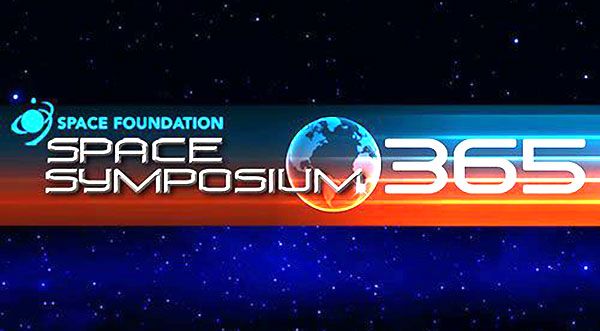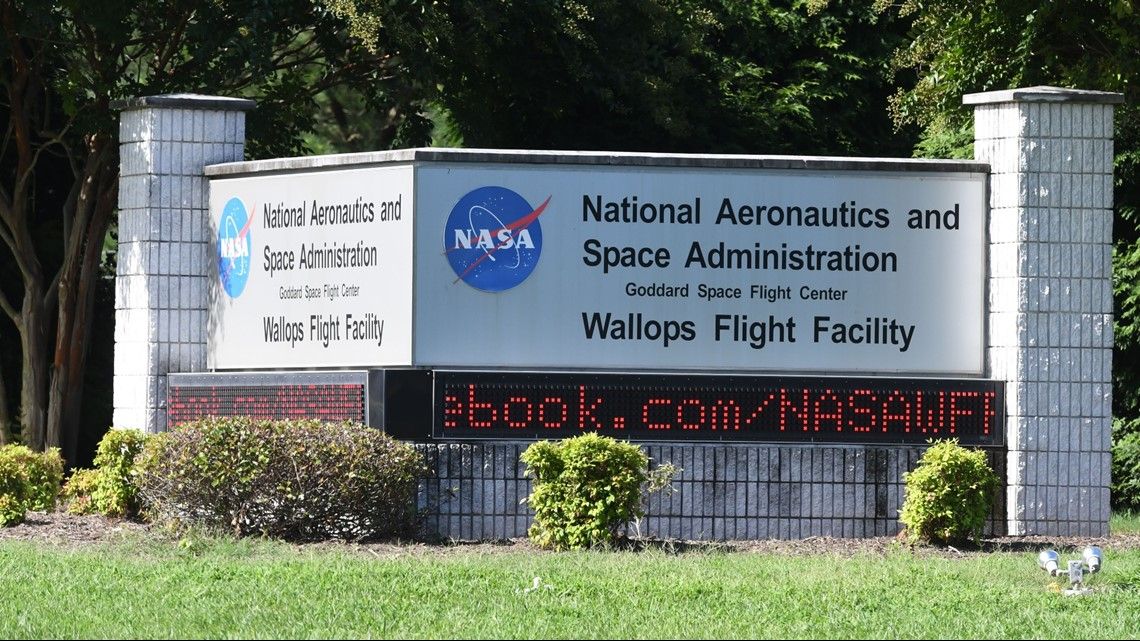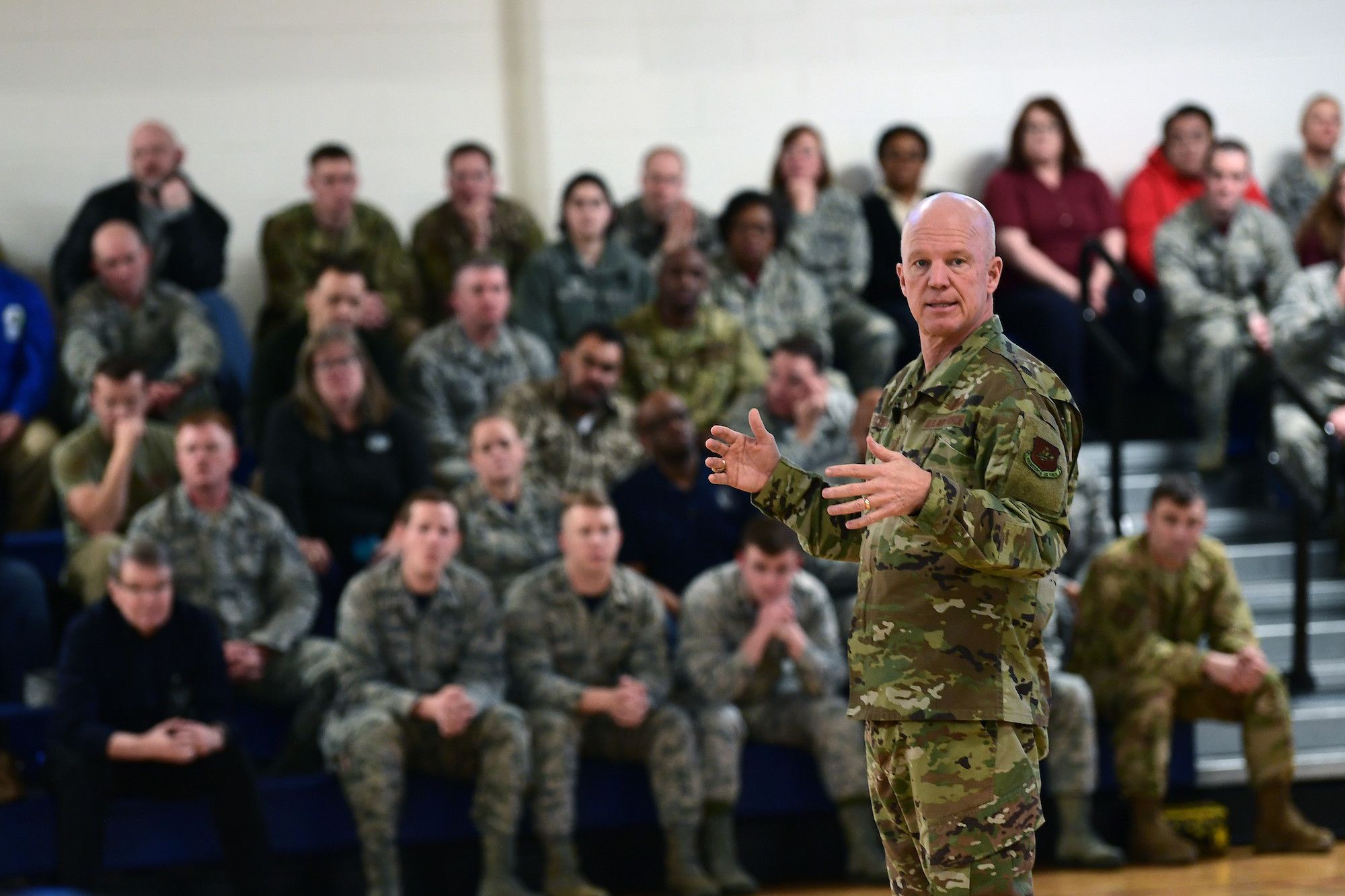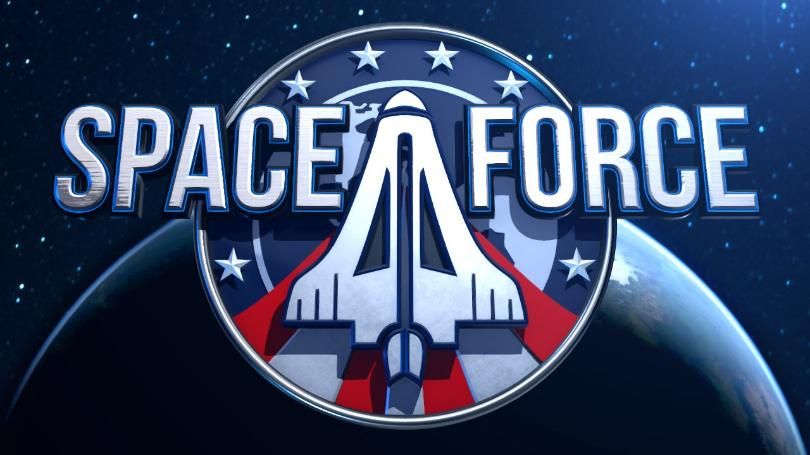Defense Officials Highlight Space Force’s Achievements, Path Forward
Article by Charles Pope October 29, 2020 (spaceforce.mil)
• On October 28th, Department of the Air Force Secretary, Barbara M. Barrett, described in stark terms how the shifting security environment in space is validating the nation’s new Space Force military branch. “Increasingly, free and open access to space is under threat. Though the United States will not be the aggressor in space, we will, we must, build a Space Force to defend our space interests,” Barrett said in a virtual address at Space Symposium 365, an influential gathering of space advocates from government, commerce and defense sponsored by the Space Foundation.
• Barrett was joined by Chief of Space Operations, Gen. John “Jay” Raymond, highlighting the mounting threats in space. “Last year, Russia maneuvered an ‘inspector satellite’ into an orbit threateningly close to a sensitive US satellite. And just two months ago, China launched and recovered a reusable space plane … suspiciously similar to our own space plane, the X-37B.”
• As space is becoming more crowded and contested, it became necessary to establish Space Force as “purpose built” to meet its missions and responsibilities in space. “We set out for this first year to invent the force. And I use that term ‘invent’ purposefully because we were given an opportunity to start with a clean sheet of paper and not do business the way we’ve done in the past,” said Raymond.
• “On all fronts—on organization, on personnel, on doctrine, on budget—we have tried to think differently and be an incubator for change across the department, while delivering goodness and value to our nation,” Raymond continued. The goal is to form a “lean and agile” digital service that, while the smallest of all the military services, delivers on a much bigger scale. This demands a “forward leaning, forward looking strategy.”
• The result is a command structure that fights bloat and inefficiency in which the field command organizational structure has “collapsed two layers of command”. Efficiency is also displayed in an acquisition process “that delegates authority down to the lowest level, shortening the gap between approval authority and those who are actually doing the work,” said Raymond. “Big organizations are slow and we don’t want to be slow.”
• As Space Force approaches its first anniversary on December 20th, the service is evolving from establishing foundational elements of policies and doctrines to actually ‘inventing’ the force. Today, the Space Force numbers more than 2,000 men and women. At full strength, Space Force is expected to have about 16,000 people. The work ahead is challenging, with a relentless need to go fast. Other goals include revising the acquisition system and re-evaluating how information and hardware are classified. “We don’t deter (aggressor nations) from their negative behavior if they don’t know what our (military hardware) capabilities are,” said Barrett. “We reveal to deter, and conceal to win.”
• As the session came to a close, Barrett suggested that perhaps the biggest Space Force achievement to date is the public’s increasing understanding that space is important and it must be protected. “A year ago, Space Force was an idea,” said Barrett. “There’s been a big mindset change, and we’ve got to build on that … to achieve what people now agree needs to be done.”

ARLINGTON, Va. (AFNS) — Department of the Air Force Secretary, Barbara M. Barrett, offered an upbeat assessment Oct. 28 of the Space Force’s development while also describing in stark terms how the shifting security environment in space is validating the nation’s newest branch of the military.
“Increasingly, free and open access to space is under threat. Though the United States will not be the aggressor in space, we will, we must, build a Space Force to defend our space interests,” Barrett said in a virtual address at Space Symposium 365, an influential gathering of space advocates from government, commerce and defense sponsored by the Space Foundation.

Barrett, who was joined by Chief of Space Operations, Gen. John “Jay” Raymond, underscored that assertion by highlighting activities and threats in space that in the past had been given less emphasis.
“Last year, Russia maneuvered an ‘inspector satellite’ into an orbit threateningly close to a sensitive U.S. satellite. And just two months ago, China launched and recovered a reusable space plane … suspiciously similar to our own space plane, the X-37B.”
That environment, and the fact that space is becoming more crowded and contested, coincide with the creation of the first new and independent branch of the military since 1947. Together, Barrett and Raymond provided a detailed status report on the Space Force as it approaches its first anniversary and looks to the future.
“We set out for this first year to invent the force. And I use that term ‘invent’ purposefully because we were given an opportunity to start with a clean sheet of paper and not do business the way we’ve done in the past,” Raymond said, describing the Space Force as “purpose built” to meet its missions and responsibilities in space.
“On all fronts—on organization, on personnel, on doctrine, on budget—we have tried to think differently and be an incubator for change across the department, while delivering goodness and value to our nation,” he said.
The goal, Raymond said, is to form a “lean and agile” digital service that, while the smallest of all the military services, delivers on a much bigger scale. This demands a “human capital development strategy … a forward leaning, forward looking strategy.”
FAIR USE NOTICE: This page contains copyrighted material the use of which has not been specifically authorized by the copyright owner. ExoNews.org distributes this material for the purpose of news reporting, educational research, comment and criticism, constituting Fair Use under 17 U.S.C § 107. Please contact the Editor at ExoNews with any copyright issue.


 WALLOPS ISLAND, Va. — Over the Chesapeake Bay Bridge, down past Chincoteague toward the southern
WALLOPS ISLAND, Va. — Over the Chesapeake Bay Bridge, down past Chincoteague toward the southern




